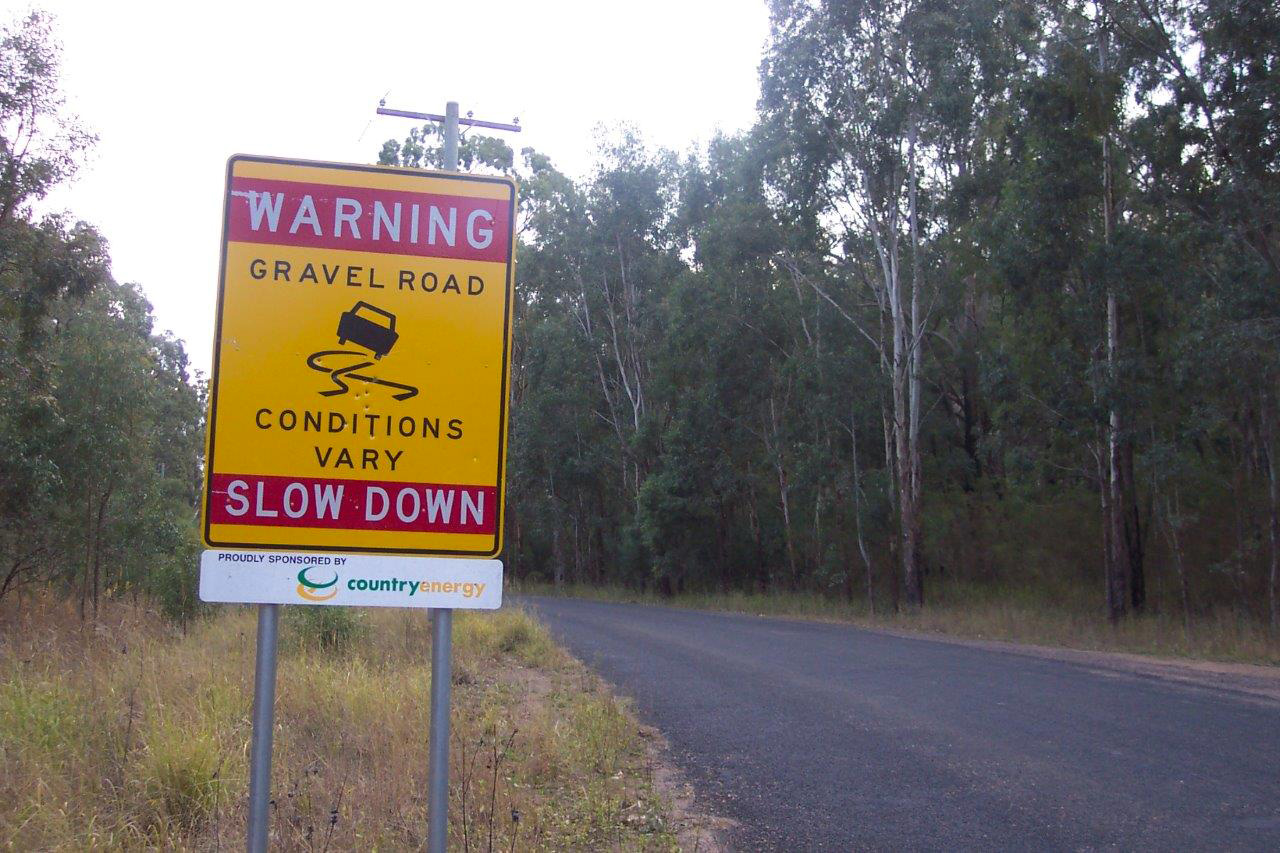
Road Safety Manual
A manual for practitioners and decision makers
on implementing safe system infrastructure!

Road Safety Manual
A manual for practitioners and decision makers
on implementing safe system infrastructure!
While the Safe System approach has been adopted as the foundation of many countries’ road safety strategies, concept adoption and effective implementation are two different things. Implementation remains a considerable challenge.
The supporting enabler for planning, development and implementation of Safe System interventions is the road safety management system operating in any country (See Safety Management System for guidance).
The potential for road infrastructure safety treatments to provide certain and immediate reduction in crash likelihood and severity is well recognised. With adequate resources, infrastructure has the ability to eliminate nearly all fatal and serious crash outcomes. Many national and provincial road safety strategies have highlighted the role of infrastructure in making progress towards a Safe System.
Some examples of high-performing infrastructure treatments from these and other studies include typical findings (McInerney & Turner, in press; also see Intervention Option and Selection) that:
All road users need to be considered when designing or upgrading road infrastructure. This includes:
Netherlands Sustainable Safety in Safe System - Scientific Safety Principles and their Application outlined the important principle of safe travel speed which underpins a Safe System approach. Critical speed threshold levels in traffic crashes differ depending upon the type of crash being considered.
Table 4.4 presents the crash severity risk associated with travel speeds which are above a specific threshold level for key crash types. The crash types examined are vehicles with a pedestrian or other vulnerable road user, single vehicle side impact into a pole or tree, side impact between vehicles at intersections, head on crashes between vehicles and single vehicle run off road crashes.
| Impact speeds above which chances of survival or avoiding serious injury decrease rapidly | ||
|---|---|---|
| Crash Type | Impact Speed | Example |
Car/Pedestrian or Cyclist | 30 km/h | Where there is a mix of vulnerable road users and motor vehicle traffic |
Car/motorcyclist | ||
Car/Car (Side impact) | 50 km/h | Where there is a likelihood of side impact crashes (e.g. intersections or access points). |
Car/Car (Head-on) | 70 km/h | Where there is no separation between opposing traffic streams |
In certain parts of the transport network, such as high standard freeways, the risk of crash outcomes involving high levels of energy transfer (and therefore being fatal) is low in relation to the total distance travelled by vehicles on freeway standard links.
These freeways would typically have no at-grade intersections, would have median barriers installed to prevent head-on crashes, and side barriers installed to protect vehicle occupants from roadside objects, and would also segregate vulnerable road user activity such as pedestrians, cyclists and motorcyclists from higher speed traffic.
In these circumstances, and subject to limitations on vehicle flow volumes per lane, higher operating speeds (such as 100 or 110 km/h) can generally be safely supported for vehicles with a high standard of safety features.
On the other hand, for two-lane, two-way roads in rural environments with unprotected roadside hazards, frequent intersections, unsealed shoulders and variable standards of horizontal and vertical geometry, the risks of serious casualty crash outcomes are much higher.
Table 4.4 illustrates that for these situations, even for a vehicle with the best currently available safety features, the road cannot support a travel speed much above 50 to 70 km/h if fatalities are to be avoided. If roadside hazards are protected (with barriers) and intersections are treated to reduce speeds to 50 km/h the travel speeds on the road can be 70 km/h. The addition of median barriers would enable higher operating speeds to be considered.
Where motorcycles are a large proportion of the traffic, lower speed limits, perhaps 40 km/h, may be necessary.
Lower speed in urban areas is also critical to improving road safety. Speed limits must be adapted to the prevailing traffic situation and to groups of different road users often using the same space. Complementary infrastructure measures such as speed humps and small roundabouts at key locations can help to ensure that speeds are controlled effectively to ensure that vulnerable road users are not exposed to impact speeds above 30km/h.
On higher-order urban arterial or distributor roads the function and use can be prioritised around achieving high traffic flows on road sections, whilst managing exchange at intersections or dedicated mid-block afacilities. On these roads, vehicles can drive somewhat faster and tend to travel longer distances. Speed management on these roads should be supported by camera based (fixed or flexible) speed limit enforcement on corridors and at traffic lights. Pedestrians and cyclists can cross at intersections or dedicated mid-block facilities with appropraite localised speed management in place. Ultimately, the aim is to reduce exposure to high-speed motor vehicles, partilularly at conflict points.
On the other hand, lower-order roads such as access roads must be managed to facilitate exchange between different road users at lower speed. Speeds in these areas and on these roads are low, not through police enforcment, but by traffiic calming and speed managmeent measures. In some areas it may be appropriate to limit vehicle access.
Below is a case study that illustrates the effectieness of lowered speed limits in urban road environments.
The following four case studies from New Zealand, Mexico, Paraguay and Slovania show how each country is improving road safety. New Zealand uses a safe systems approach with Mexico, Paraguay and Slovenia using the iRAP to assess the risk on the road network to allow for safety plan and programme development.
Speed management is at the centre of developing a safe road system. Where infrastructure safety cannot be improved in the foreseeable future and a road has a high crash risk, then reviews of speed limits, supported by appropriate and competent enforcement to support compliance, are a critically important option. Support through targeted infrastructure measures to achieve lower speeds should be considered.
For example, lowering 100 km/h speed limits to 90 km/h may reduce mean speeds by 4 to 5 km/h if there is a reasonable level of enforcement. The scientific and evidence-based research shows that this will deliver a reduction of up to some 20% in the fatalities occurring on these lengths of roads (e.g. (Sliogeris, 1992). This of course assumes some enforcement support.

Since 1996, vehicle safety (or at least, car occupant safety) has been subjected to market forces rather than solely relying upon regulation throughout Europe through EuroNCAP (European New Car Assessment Programme). There is wide acknowledgement that this enhanced approach to advancing rapid development in vehicle safety has been successful. The automotive industry has reacted very quickly to the expectations of the market with regard to car occupant protection. Other New Car Assessment Programmes (NCAP) have been introduced in many regions and countries (Australasia, Japan and many more). The introduction of Electronic Stability Control/Programme (ESC or ESP) in vehicles has been very successful, with unexpected high effectiveness and a market penetration that is quicker than any other previous example (Tingvall, 2005). ESC is now a mainstream part of NCAP ratings.
The opportunities from new safety technologies in vehicles, which are now available or likely to become available, together with the level of inherent crashworthiness of many new vehicles in HICs are remarkable. These benefits should be sought by LMICs as an early priority. LatinCAP in Latin America and ASEAN NCAP are two examples of recent extension of NCAP to LMICs, which will arm consumers with safety information and drive market change. Furthermore, Global NCAP has recently been established and is likely to be highly influential.
Appropriate promotion of the benefits of safety features and overall vehicle safety levels needs to be carried out by road safety agencies. Road authorities should develop their awareness of these new vehicle safety features, particularly ways in which specific infrastructure treatments could leverage improvement in crash outcomes. Road safety agency actions (VicRoads, 2013) could include:
Progress with emerging technologies such as collision avoidance, intelligent speed adaptation, and inbuilt alcohol and fatigue detectors should be monitored by road safety agencies. Pilot studies have been conducted in many vehicle fleets internationally for research purposes in order to establish costs and benefits.
Other initiatives that countries need to pursue include:
Younger drivers should be made aware of the safest used vehicles available in the market in relevant price brackets to encourage their purchase and improve the chances of survival of young drivers in their higher risk early years of driving.
Developments in heavy vehicle safety include ESC responsive braking systems, and fatigue and speed monitoring equipment. New Truck Assessment Programmes may emerge in coming years for heavy vehicle prime movers. Again, road safety agencies need to be aware of these developments.
Many opportunities for improvement exist in the vehicle safety features available to LMIC markets. There are reports of vehicles imported from other countries without safety features fitted, which are standard inclusions in the automobile supplier’s home market (this is reportedly in an endeavour to limit costs). Some countries impose higher rates of tax on safety equipment in vehicles as a misplaced luxury item revenue raising measure, which discourages their fitment. Some key issues are:

Maximising road user behaviour that is compliant with road rules remains an important issue. This requires the presence and active implementation of effective legislative arrangements; data systems for vehicles, driver licensing and offences (and their linkage); enforcement; justice system support; and offence processing, as well as follow-up capacities.
Human error, rather than deliberate illegal behaviour, is an important contributor to fatal and serious crashes. Measures to reduce the prospect of human error need to be taken to guide use of the network. Clear consistent guidance and reasonable information processing demands upon the road users along a route is necessary to reduce uncertainty and indecision. These issues are discussed in detail in Design for Road user Characteristics and Compliance, but key issues include:
Developing a respected and effective police enforcement capability requires high-level management competence, good standards of governance, quality research to guide efforts, and a strong results focus.